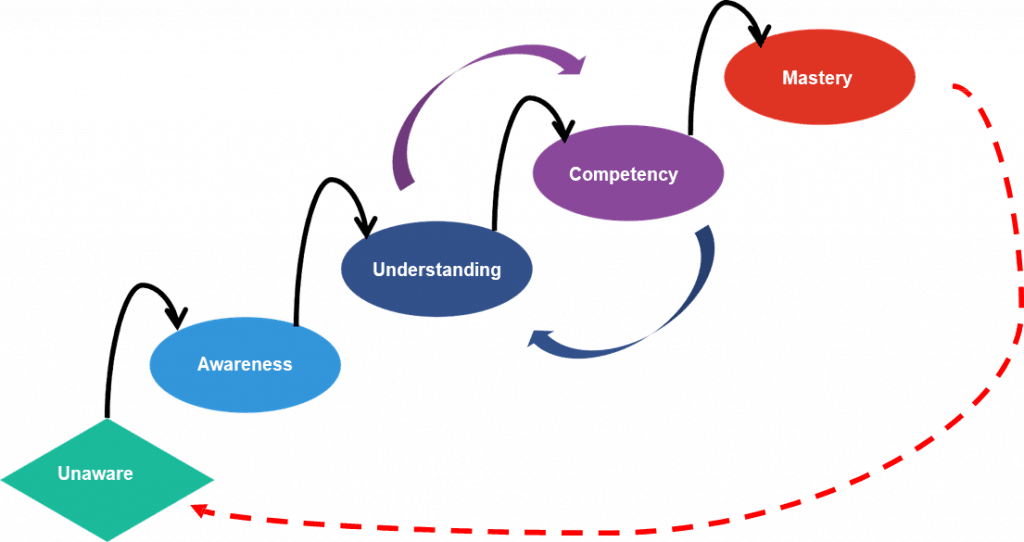Holistic Standard Approach on Service Provision
Our approach on how we engage and work with our clients follows holistically through three phases.

Education
Training
On development of Clients Lean Construction Strategies Lean Touch Solutions work with clients to develop a training programme that complements this strategy to meet the clients business goals.











